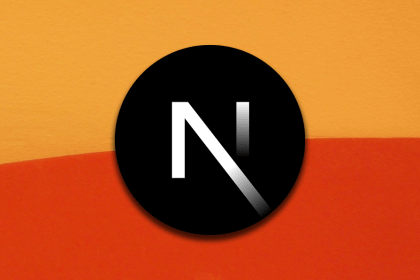
We’ll build an app using Next.js and Supabase. The concept is for users to track and create workout activities based on specified parameters

Compare Auth.js and Lucia Auth for Next.js authentication, exploring their features, session management differences, and design paradigms.

Explore how to use Bootstrap’s capabilities in a Next.js app, and analyze the most common issue that occurs when using Bootstrap JavaScript features.

User expectations for web applications have evolved. Users expect seamless and smooth experiences when navigating between pages; they want the […]

Explore Next.js Server Actions to write functions that execute on either the server or client side, and build a to-do app to demonstrate the UI results.

Authentication is a crucial feature in web apps today. See how to use Firebase and React Context to implement user auth in a Next.js app.

Next.js is a popular React framework that uses server-side rendering (SSR) to build faster and SEO-friendly applications, resulting in a […]

Next.js is a React framework used for building full-stack web applications, supporting both server-side and client-side features. The server-side handles […]

Manage file uploads in your Next.js app using UploadThing, a file upload tool to be used in full-stack TypeScript applications.

Next.js 13 introduced some new features like support for Suspense, a React feature that lets you delay displaying a component until the children have finished loading.

Progress bars help create a smooth UX during page transitions in your Next.js app, informing users that their request is processing.

Auth.js, formerly known as NextAuth.js, offers a secure authentication solution that supports OAuth providers and passwordless sign-in methods.